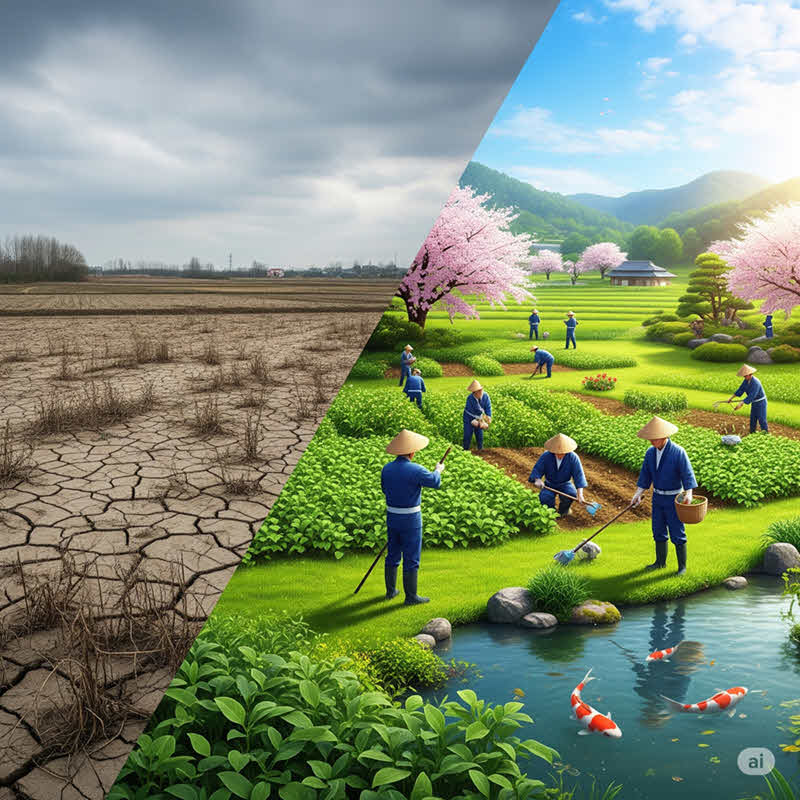
Japan’s Unusual Farming Strategy: Renting Land and Leaving It Fallow for 5 Years — Here’s the Truth…
Last updated: October 20, 2025 Read in fullscreen view
- 02 Nov 2023
 Unlocking Success with The Amoeba Management Model: Key Lessons, Pros & Cons, and Finding the Perfect Fit 164/695
Unlocking Success with The Amoeba Management Model: Key Lessons, Pros & Cons, and Finding the Perfect Fit 164/695 - 10 Nov 2021
 5S methodology - the SECRET to Japanese SUCCESS 135/1728
5S methodology - the SECRET to Japanese SUCCESS 135/1728 - 09 Sep 2022
 Kaizen, Kaikaku and Kakushin – what’s the difference? 83/2901
Kaizen, Kaikaku and Kakushin – what’s the difference? 83/2901 - 24 Nov 2022
 Genba Genbutsu Genjitsu (3Gs), (Go to the Genba & see for yourself!) 73/2910
Genba Genbutsu Genjitsu (3Gs), (Go to the Genba & see for yourself!) 73/2910 - 01 Dec 2023
 What is Amoeba Management? 60/903
What is Amoeba Management? 60/903 - 01 Apr 2022
 Ishikawa (fishbone) diagram in software project management 40/3040
Ishikawa (fishbone) diagram in software project management 40/3040 - 15 Apr 2022
 Total Quality Management (TQM) - Japanese-style management approach to quality improvement. 17/629
Total Quality Management (TQM) - Japanese-style management approach to quality improvement. 17/629 - 17 Mar 2023
 Reduce waste in software development with 3M model: Muda, Mura, Muri 17/864
Reduce waste in software development with 3M model: Muda, Mura, Muri 17/864 - 04 Mar 2024
 Tree Ring Management: Take the Long Term View and Grow Your Business Slowly 16/376
Tree Ring Management: Take the Long Term View and Grow Your Business Slowly 16/376 - 09 Sep 2022
 What is 5 Whys (Five Whys)? 13/866
What is 5 Whys (Five Whys)? 13/866 - 27 Aug 2022
 Kaizen - Culture of Continuous Improvement and Lean Thinking 13/708
Kaizen - Culture of Continuous Improvement and Lean Thinking 13/708 - 13 Jul 2022
 Applying the business mantra "HORENSO" to Achieve 360-degree Communication 12/817
Applying the business mantra "HORENSO" to Achieve 360-degree Communication 12/817 - 02 Feb 2022
 Yokoten: Best Practice Sharing from a success 12/1288
Yokoten: Best Practice Sharing from a success 12/1288 - 03 Jan 2024
 What is the Ringi process? 12/879
What is the Ringi process? 12/879 - 01 Mar 2022
 The Toyota Way Management Principles 11/685
The Toyota Way Management Principles 11/685 - 12 Dec 2024
 Danshari: A Japanese Minimalist Philosophy for Cleaner Code and Leaner IT Operations 10/25
Danshari: A Japanese Minimalist Philosophy for Cleaner Code and Leaner IT Operations 10/25 - 29 Aug 2022
 Difference between Kaizen and Innovation 9/797
Difference between Kaizen and Innovation 9/797 - 15 Jul 2022
 Hansei Methodology: Continuously Engaging People in Improvement 8/649
Hansei Methodology: Continuously Engaging People in Improvement 8/649 - 29 Nov 2021
 Memorandum of Understanding (MOU) for Partnership Agreements 7/470
Memorandum of Understanding (MOU) for Partnership Agreements 7/470 - 19 Sep 2022
 Jidoka in Software Development and Odoo ERP/MRP 5/470
Jidoka in Software Development and Odoo ERP/MRP 5/470 - 22 May 2025
 Role of Self-Service in CRM: Customer & Partner Portals for Automation 4/73
Role of Self-Service in CRM: Customer & Partner Portals for Automation 4/73 - 06 Jun 2022
 HEIJUNKA: The art of leveling production 4/481
HEIJUNKA: The art of leveling production 4/481 - 20 Dec 2021
 What is Hybrid Mobile App Development? 3/315
What is Hybrid Mobile App Development? 3/315 - 06 Dec 2024
 Steps For Integrating Sustainable Practices Into Business Operations 3/115
Steps For Integrating Sustainable Practices Into Business Operations 3/115 - 07 Nov 2022
 Why Design Thinking can save the outsourcing industry 2/169
Why Design Thinking can save the outsourcing industry 2/169 - 01 Jan 2023
 How To Use Poka-Yoke (Mistake Proofing) Technique To Improve Software Quality 2/590
How To Use Poka-Yoke (Mistake Proofing) Technique To Improve Software Quality 2/590 - 28 Oct 2025
 The Future of Real Estate: Key Trends and Essential Lessons in Digital Transformation 1/14
The Future of Real Estate: Key Trends and Essential Lessons in Digital Transformation 1/14 - 09 Oct 2023
 Case Study: Amazon's Evolution in Retail 1/237
Case Study: Amazon's Evolution in Retail 1/237 - 12 Mar 2022
 The u-Japan concept /234
The u-Japan concept /234 - 15 Aug 2025
 Quantum Technology: Global Challenges and Opportunities for Innovators /57
Quantum Technology: Global Challenges and Opportunities for Innovators /57 - 01 Jun 2020
 Japan Business Review (JBR) /278
Japan Business Review (JBR) /278
A Suspicious Deal
In early 2006, Japan's Asahi Breweries partnered with Sumitomo Chemical and Itochu to lease a 1,500-acre plot of farmland in Laiyang, Shandong Province, China. The lease term was 20 years.
Yet for the first five years, the land was left untouched — overgrown with wild grass. Local residents were baffled and suspicious. Rumors spread rapidly, with some saying the Japanese were searching for buried treasure.
People began to speculate: “Maybe they’re looking for treasure,” one said. Another guessed, “Maybe Japan just has money to burn.”
Why Choose “Laiyang”?
China is a vast country — so why did these Japanese companies choose this specific location?
It turns out they had done thorough research and identified Laiyang as an area with multiple advantages:
- Fertile soil
- Clean water sources
- Low pollution levels
- Far from major industrial zones
In an age when food safety is becoming increasingly important, clean land like this is rare in China. Ironically, the local people weren’t that interested in farming — they preferred migrant work over toiling in the fields.
The Strategy: “Nurture the Soil Before You Plant”
After five years of seemingly doing nothing, the Japanese companies began executing their plan. The first step wasn’t planting crops — it was raising cattle.
Why?
- To use cow manure to enrich the soil
- To grow chemical-free crops in revitalized soil
- To use clean crops to feed the cattle — creating a closed-loop system
The Japanese follow a philosophy:
Although Laiyang’s soil was already fertile, it had suffered from past chemical and pesticide use. The Japanese refused to use any agrochemicals, which led many to mock them as “foolish” — farming with low yields and high costs.
Persistence That Defied Expectations
Despite the ridicule, they stuck to their clean-farming principles:
- Cow feed was strictly monitored
- Any milk with quality issues was discarded
- No pesticides were used when growing fruit
The result?
- Japanese milk from this farm sold for 22 yuan/liter — 1.5 times the price of local milk
- Strawberries reached 120 yuan/kg
Only 10% of their production was consumed in Shanghai and Beijing. The remaining 90% was exported back to Japan, where demand for clean food is extremely high.
Fertile Land Only Attracts Birds That Come Willingly
The Japanese turned what was once a laughingstock into a model for sustainable agriculture:
- Clean, branded products
- Revived natural environment
- Rural revitalization through sustainable farming
“Good land attracts birds — but if you're impatient, you might scare them away before they land.”
A Strategic “Foolishness” — A Business Lesson
Today, food safety has become a top priority for many nations. What these Japanese companies created was not just a farming project — it was a sustainable business model:
- Building a brand through quality and ethics
- Protecting the environment and public health
- Increasing farmer incomes and uplifting local communities
Conclusion: From Laughter to Legacy
The Japanese spent five years “doing nothing” — but in reality, they were laying the foundation for long-term success.
While others chased short-term profit, they chose a slower, cleaner, more sustainable path.



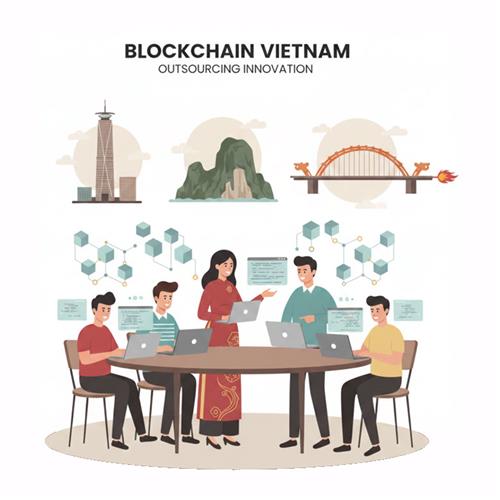

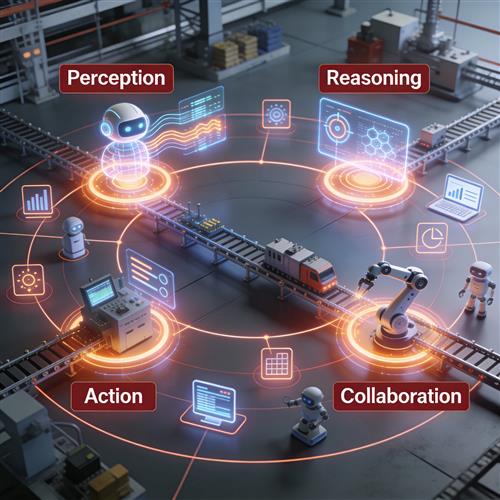



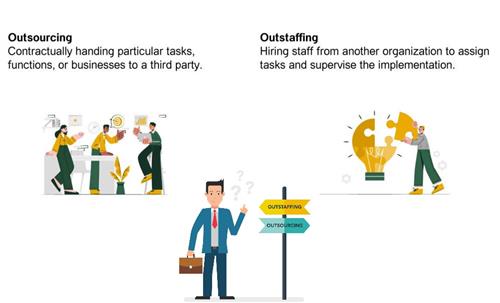



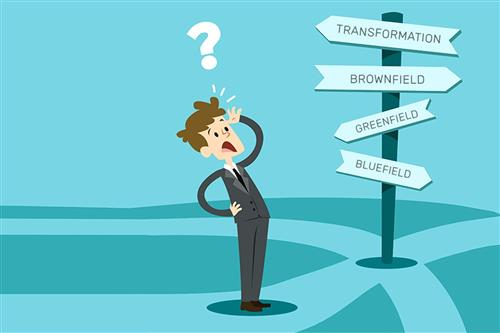
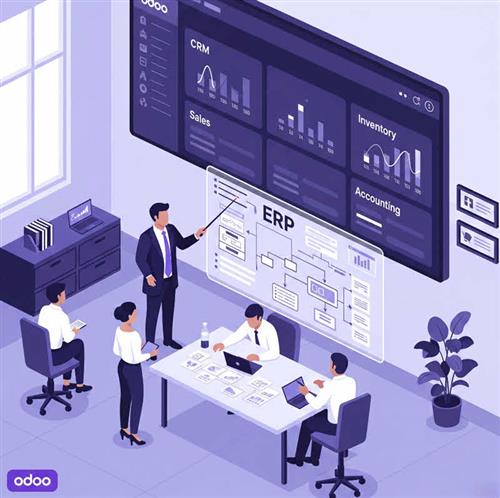
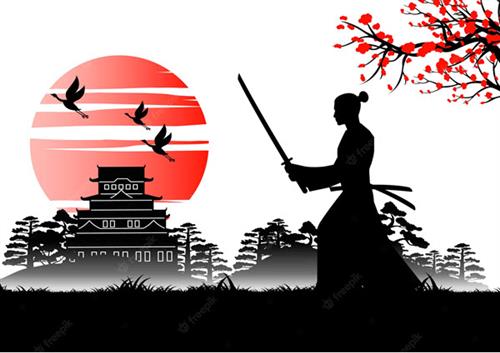

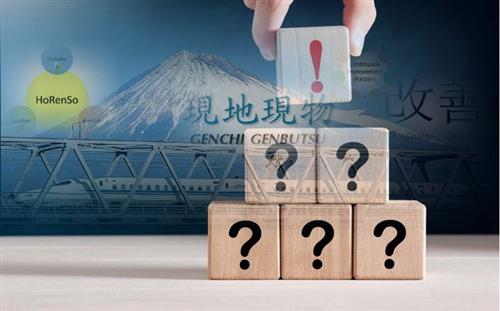

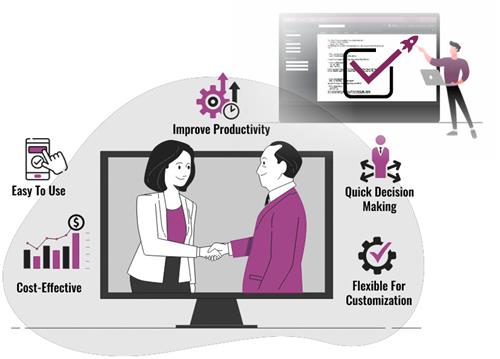
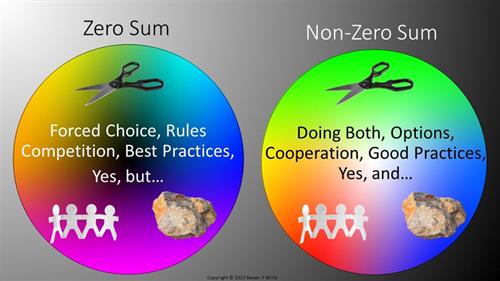


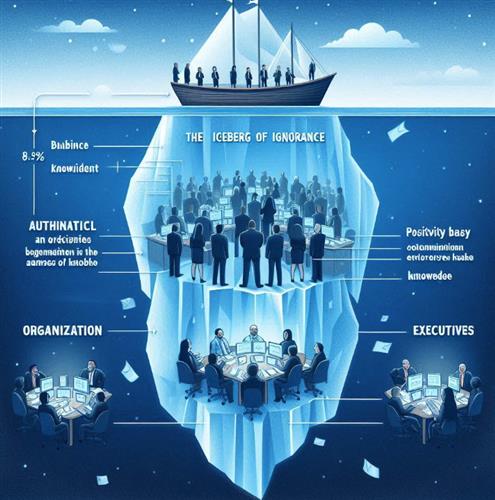

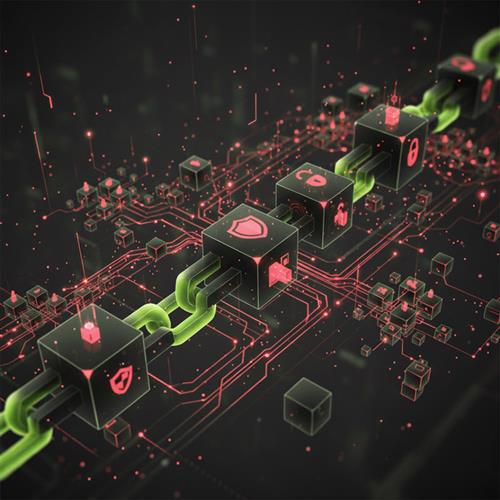









 Link copied!
Link copied!
 Recently Updated News
Recently Updated News